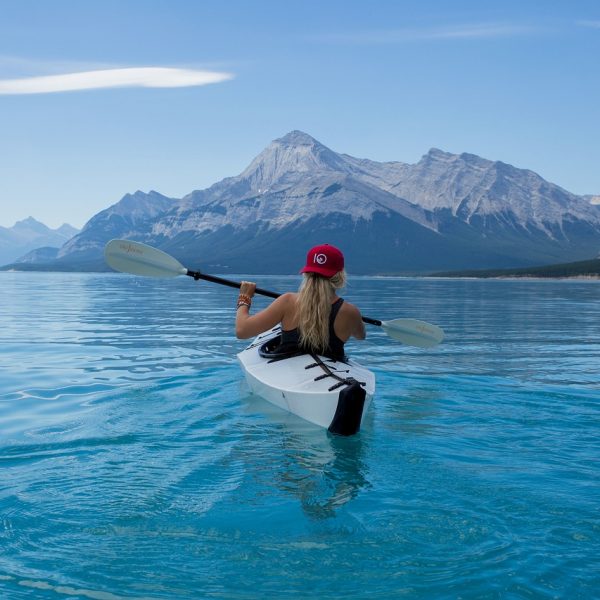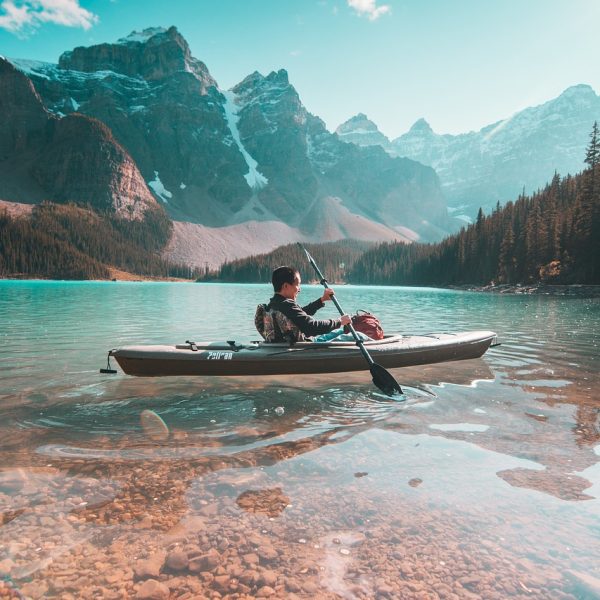Picking
By picking the right boat, arranging your course, planning for crises, pressing mindfully, captivating for entertainment only exercises, and rehearsing great drifting manners, you can guarantee a protected, charming, and calm excursion for everybody. Moving a boat, particularly in restricted, areas of strength for spaces, or blustery circumstances, requires expertise and certainty. Progressed moving strategies assist you handle these circumstances with accuracy.



